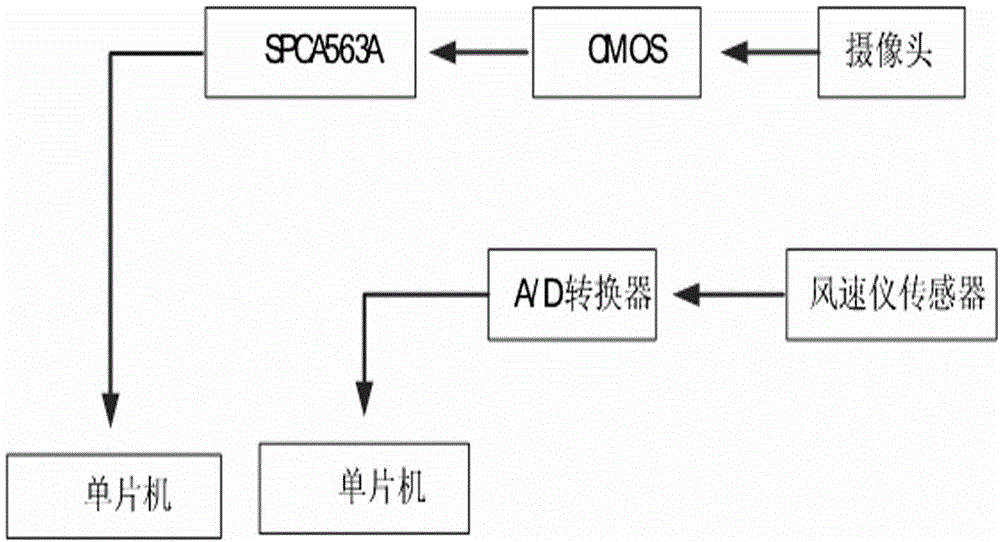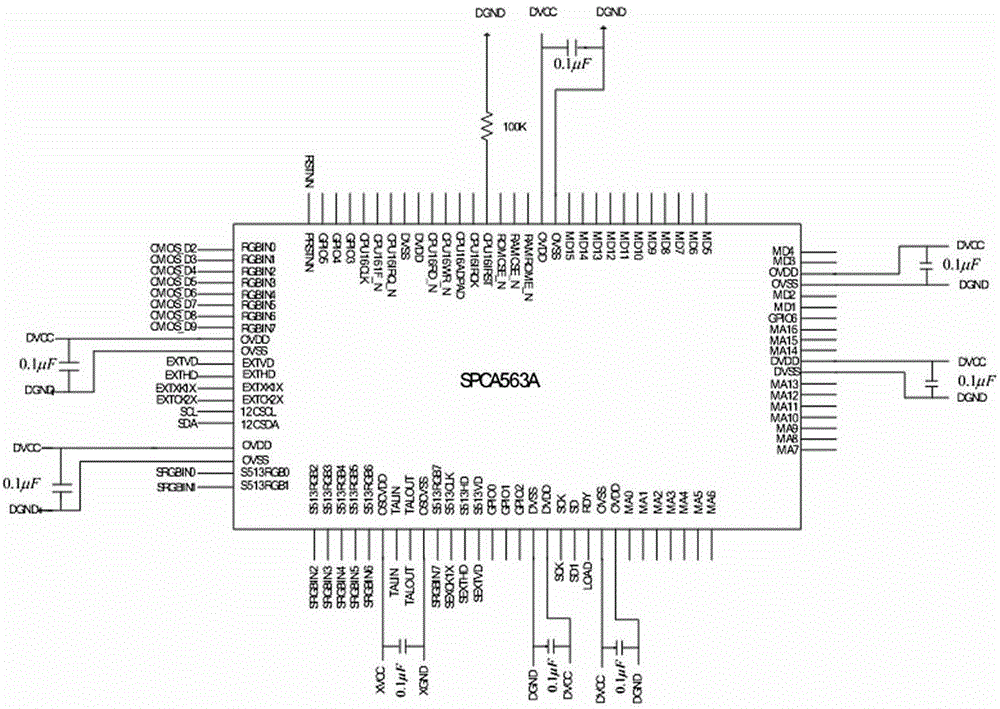Wind turbine micro-siting device and method based on binary coded genetic algorithm
A binary coding and micro-site selection technology, which is applied in computing, special data processing applications, instruments, etc., can solve the problems of large calculation errors, heavy workload, and limitations in complex terrain
- Summary
- Abstract
- Description
- Claims
- Application Information
AI Technical Summary
Problems solved by technology
Method used
Image
Examples
Embodiment 1
[0047] The invention is a microscopic site selection device and method for a fan based on a binary coding genetic algorithm. Such as figure 1 As shown, different wind turbine wake models can be selected according to different terrains to calculate the output power and noise impact of the wind farm, and the investment and maintenance costs of the wind farm can be calculated to maximize the economic benefits of the wind farm. The wind speed data of the wind farm is obtained through the measurement of the anemometer; the obstacles, ground roughness and other data can be obtained through the hardware device camera to collect images and then identify and process the data. The image acquisition is to collect the surrounding environment image of the alternative wind farm by the camera device, which is transmitted to the image processing chip SPCA563A for processing through the image CMOS sensor SPCA561A, and then processed by the 16-bit single-chip microcomputer SPCE061A to judge the...
PUM
 Login to View More
Login to View More Abstract
Description
Claims
Application Information
 Login to View More
Login to View More - R&D
- Intellectual Property
- Life Sciences
- Materials
- Tech Scout
- Unparalleled Data Quality
- Higher Quality Content
- 60% Fewer Hallucinations
Browse by: Latest US Patents, China's latest patents, Technical Efficacy Thesaurus, Application Domain, Technology Topic, Popular Technical Reports.
© 2025 PatSnap. All rights reserved.Legal|Privacy policy|Modern Slavery Act Transparency Statement|Sitemap|About US| Contact US: help@patsnap.com



